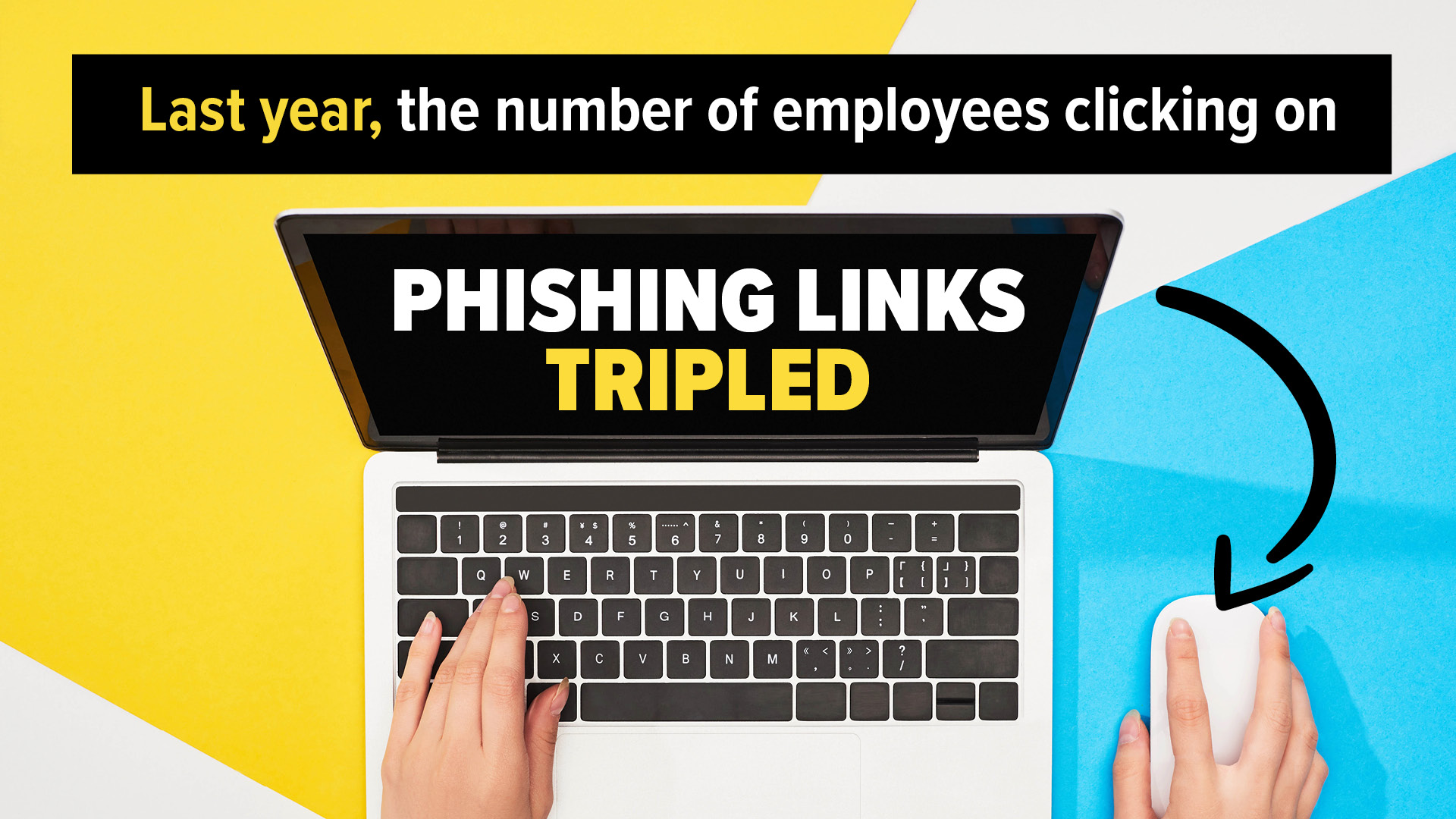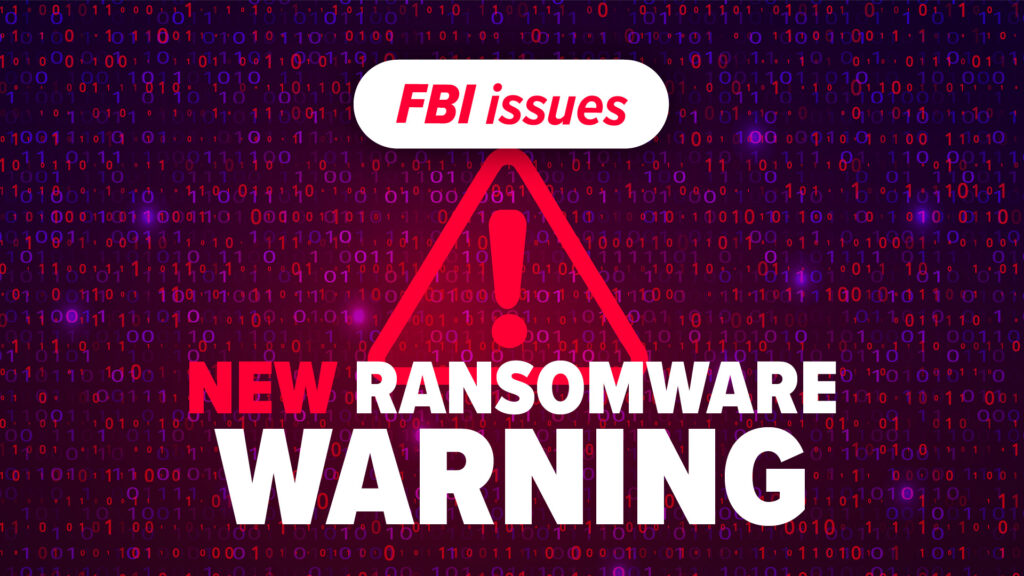Did you know your team is now three times more likely to fall for a phishing scam than they were just a year ago?
Yes, you read that right. Employees are clicking on phishing links 3x more often—and the consequences for businesses are escalating fast.
So, what’s going on?
Let’s rewind for a second.
Phishing is the art of deception—cybercriminals posing as trusted sources to trick your employees into handing over passwords, payment info, or sensitive business data.
Maybe it’s an email that looks like it’s from Microsoft.
Maybe it’s a login page that looks 100% legit.
But one click, one set of credentials entered… and boom. Your business is wide open to attackers.
And here’s the kicker:
Phishing isn’t just more frequent—it’s getting a whole lot sneakier.
Cybercriminals have stepped up their game. They’re not just sliding into inboxes anymore. Now they’re hiding in Google search results, sponsored ads, social media DMs, and even blog comments. They’re playing the long game, and your team is the target.
Why are more people falling for these scams?
- Fatigue. Employees are drowning in suspicious emails and warning messages—sooner or later, the vigilance slips.
- Deception. Today’s phishing attacks look nearly identical to the real thing. You’d be shocked at how convincing these fakes have become.
- Trust exploitation. Platforms like Microsoft 365—tools your business relies on every day—are being impersonated left and right. And employees are trusting them at face value.
Let’s be honest: Your team is either your first line of defense… or your biggest vulnerability.
A single click can lead to:
- Massive financial losses
- Leaked customer and business data
- Hours (or days) of operational downtime
- Reputation damage you may never fully recover from
So how do you fight back?
✅ Step One: Train like it matters—because it does
Teach your team what modern phishing looks like. Not just in email, but everywhere online. Help them spot red flags, think twice before clicking, and report anything that feels off.
> Pro Tip: Phishing training isn’t a “one and done” deal. Ongoing sessions and simulated attacks keep your team sharp and scam-aware. Build the human firewall.
✅ Step Two: Back them up with real security tools
Multi-Factor Authentication (MFA) is a no-brainer. Even if passwords get stolen, MFA keeps the door closed to intruders. Layer in strong endpoint protection, firewalls, and routine updates, and you’ve got a much stronger security posture.
The reality? Phishing isn’t slowing down. But neither should your defenses.
Let’s make sure your business doesn’t become the next victim.
Want expert help locking things down? Reach out today—we’re here to help.
Related Articles
- The Hidden Dangers of Public WiFi: Free Convenience Comes With a Cost
- Microsoft 365 Doesn’t Back Itself Up: Don’t Make These Mistakes
- Phishing 2.0: How AI is Amplifying the Danger and What You Can Do
- Beware Imposters! New Phishing Scam Uses Impersonation to Trick You
- Scam Ahead! Watch Out For That Email Attachment!







